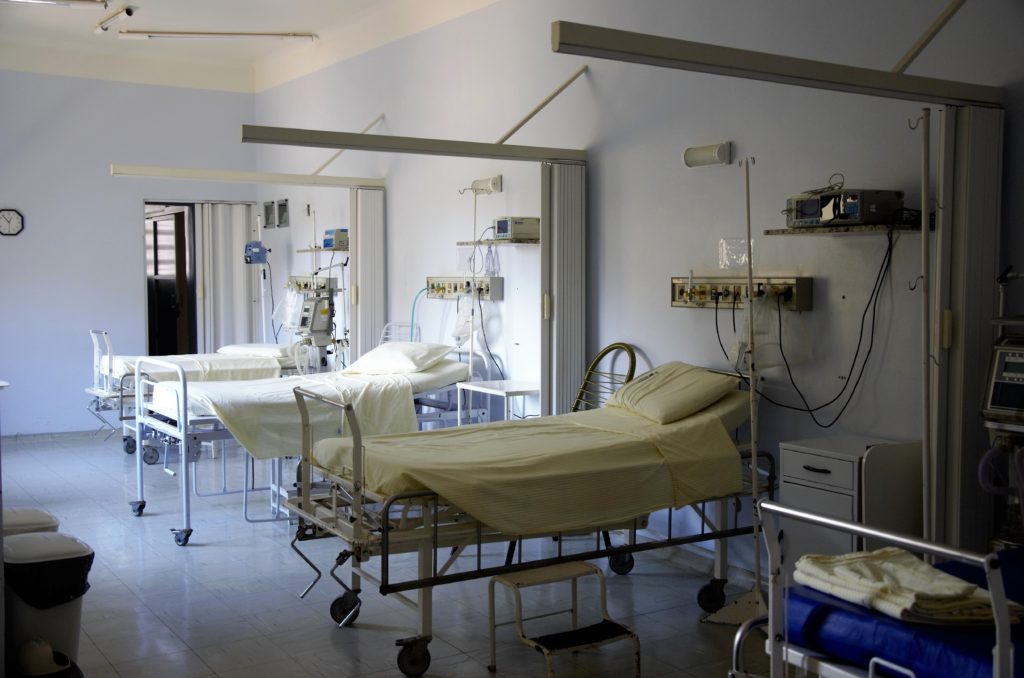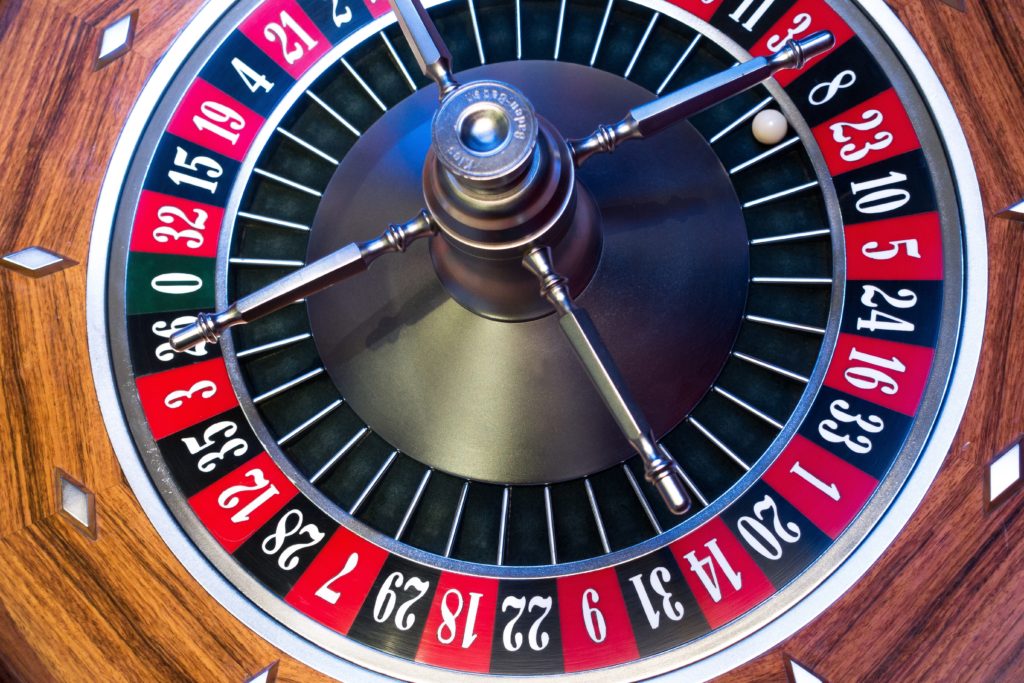Gerald was in trouble.
Gerald had had a CT-guided lung biopsy and something went wrong. I knew that this was a new, sudden occurrence because the fluid was not present before the biopsy. That left only one possibility: a blood vessel was punctured by the needle and the sac around the heart was filling with blood. The pressure that the heart puts out pushed more and more blood into this sac, and as it ballooned, it pushed down on the heart muscle itself, causing the heart to not be able to fill with blood for every beat. Just like any other pump, it needs fluid to be returned to it in order to pump. Without this fluid, it cannot pump, the blood pressure drops, and blood doesn’t flow to vital organs. Death can occur in minutes. Or less.
Gerald had now become my patient. I quickly checked that the patient was able to speak to me, which meant that his heart was still beating and he was breathing. He was beginning to look pale and his neck veins were bulging. I took a moment to curse that we were not in the ER and I made the decision to order him wheeled to the ER. At the same time, I had a nurse contact the chest surgeon for an emergency procedure.

I ordered a 3.5-inch 18-gauge spinal needle, an EKG lead, a 60ml syringe, gloves, iodine, and a pigtail catheter used for chest tubes. See one, do one, teach one: I wished I was teaching a medical student at the time because students rarely get to see this procedure. I found my landmark, which was just to the right of the lower part of the sternum (breastbone). I angled the needle tip toward the left shoulder, raised the syringe 35 degrees, attached the EKG lead, took a deep breath, and advanced the needle.
This procedure requires the needle to penetrate through the abdominal wall, the sac around the abdomen, go through the liver, penetrate the diaphragm, go into the chest, then puncture the sac around the heart. Honestly, it was surprising how easily that needle went through. At this point, the procedure is all by feel, as many are. The only thing to watch was the EKG machine, it can tell you if you are going into the heart itself by the wave pattern (try to avoid this, kids). I was pulling back on the syringe plunger the whole time and I suddenly felt the pressure give. I looked at the syringe, and blood returned. I drained as much as I could then inserted the catheter (by the Seldinger Technique for those who are interested). The catheter allows additional blood to drain and keeps the sac from refilling. His color and blood pressure immediately improved.
Shortly thereafter, he was taken to surgery. Gerald was still awake and alert and thanked me. I’m not really sure if he knew how close he was to death for those short minutes. I regret that I didn’t go see him in the hospital. Perhaps it was out of humbleness and I didn’t want him to feel beholden to me. Honestly, though, I think it was because I was a young, new doctor, and I felt invincible. Truth be told, I did feel a little bit like Superman that day.
That is what I was talking about in the earlier articles. The immense satisfaction with saving a life is almost more than a person can bare. The immense disappointment with not being able to save a life is equally powerful. If that happened every day, it surely would be more than I could take.
Risk and Your Deal
That procedure is is done only in the most extreme circumstances. We train and train so that when we need to do it, we don’t have to think. The important part is in making the decision to do it. And then to act with speed and resolve. How much have you prepared yourself for your first acquisition? Have you evaluated deals and more deals? We think of the deal as a slow process where we evaluate the property and work the numbers, we take time to do our diligence, and finally we close. Most of the time that method works. It helps you avoid making mistakes. But sometimes a rare opportunity comes along that you know will not last. Sometimes the stakes are so high that you must take a risk or lose it. This is when you fall back on your training (education) and do it. All those rules I taught you will help but in the end there is a factor of knowing that cannot be discounted.
It is the willingness to take a risk that separates a large group of investors from others. How many US Savings Bonds do you have? Why do you have them? Because the returns are virtually guaranteed. You will not find a more secure investment than that. But if that is true, why not just put all your investment money in bonds? You likely have investments elsewhere, such as common stocks, or hopefully real estate. The answer is that with those investments you are planning to have higher return, and with that, comes higher risk. Did you do any calculations to decide? Perhaps your investment advisor did. Probably not. Probably, he has a spreadsheet somewhere and he put in your age, your income, and you told him you like low, moderate, or high risk. That gave him a grid of securities to pick from and those are what you bought. You paid him a fee for this service. And that’s what they call diversification.

Let’s look at it another way: You go back to the casino, the one where they give great odds and publish them, remember? You find a slot machine that is $100 a pull. The sign says that there is a 99% probability that you will win $1, thus getting back $101 total. There is a 1% chance you will lose your $100. Is this a good deal? It almost even. If you pull 100 times, you will lose $100 once and win $1 ninety-nine times. You will leave with $99. Except probabilities are only guaranteed with infinite rolls or pulls, or whatever.
What if a friend offered you an investment in his new business requiring $100,000 where there was a 99% probability you would get $101,000 return in a year and 1% probability the business would fail and you would lose it all? Would you take the deal? This is where your risk tolerance comes into play. In real life, you won’t know the probabilities, but first-time businesses have a much lower success rate. I would say that this is a bad deal. What is $1,000 to you over a year? Probably not that much. Especially if it carries a (admittedly small) risk of losing everything. What does the loss of $100,000 mean to you? It is pretty big.
That deal is not unlike Gerald’s deal. He had a very high chance of getting his diagnosis but a slight risk of losing it all (death). Some people have a low tolerance for risk and won’t allow a needle to be inserted into their chest. Others see the gain and opt to have it done. Just realize that Gerald had the threat of cancer looming over him and that variable is where the analogy breaks down and might change your decision were you in his shoes.
Risk tolerance is different to different people. You need to discover what yours is and use it when you are deciding about your deals. Be sure you know exactly what the risks and benefits are before starting.
What happened to Gerald?
Gerald? I followed up on his chart. He got through surgery fine and as far as I know he is doing well to this day. You are a lot luckier, your decision isn’t Life-or-Death. But it is Retire-Early-or-Not. Make the most of it.


I am really shocked at how fast your blog loaded on my cell phone. It’s like you read my thoughts! I really like your article. I truly appreciate this post.